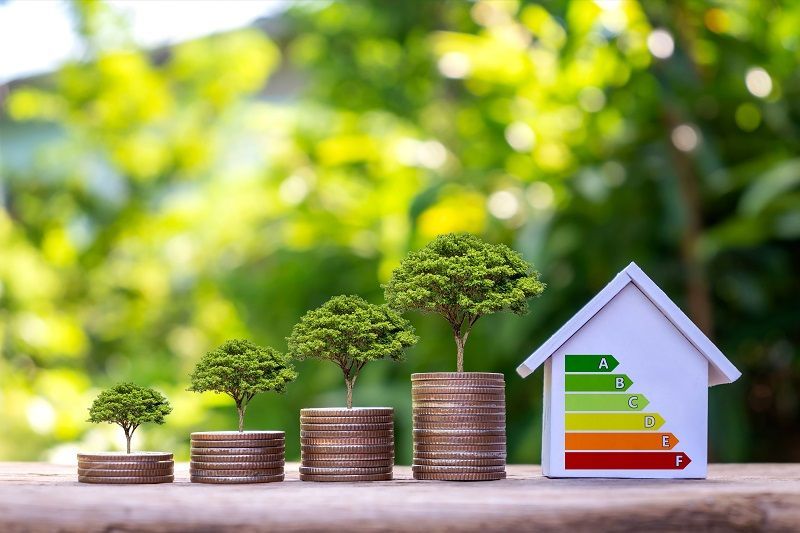
The United States is one of the largest producers and consumers of energy in the world. Energy companies focus on meeting the demand for energy by consumers for residential, commercial and industrial use, and are constantly innovating and developing new ways to increase their output. Reliable energy providers are a key asset in meeting the demand placed on the energy sector while keeping costs as low as possible for consumers.
Energy rates vary by sector. Residential and commercial sectors are charged more, as it costs more to distribute energy to them, the industrial sector uses more energy, and can accept higher voltages so supplying energy to them is less expensive. Energy rates are charged in kilowatt hours.
The breakdown of energy rates per sector are:
Residential – 13.20c per kWh
Commercial – 10.65c per kWh
Industrial – 6.66c per kWh
Transportation – 9.20c per kWh
Electricity prices are made up of the cost to build, maintain and operate power plants and the energy grid. The cost to supply varies minute by minute and can cause drastic increases or decreases in the cost of energy. There are many factors that could affect the production of energy, and therefore the energy rate as well:
1) Fuel prices:
Fuel prices may increase when there is a high demand for electricity, or when there are fuel disruptions or shortages. An increase in the crude oil price per barrel will also create an increase in fuel price.
2) Power Plant costs:
The power plants of various energy sources have their own operating costs to maintain while producing energy to meet consumer demand. If a power plant breaks down, this can be costly and the plant might need to increase its sales price to cover the deficit of having to repair the plant.
3) Transmission and distribution system:
These too have their own operating costs to cover, such as construction, maintenance and repairing damage to their infrastructure due to accidents or storms.
4) Weather:
In the Summer months, there is a higher demand for cooling, while in Winter there will be a higher demand for heating. Demand due to weather can push up prices of fuel and electricity. While rain can provide water for use in hydropower production, a drought can have a devastating impact and can cause a sudden rise in costs of their products. The same can be said for wind. A windy day could power wind turbines and produce above average amounts of energy, but a windless day would not.
5) Regulated and deregulated markets:
Regulated markets are those who cannot choose who they get their power from and are bound to energy providers in that area.
Deregulated markets are those who own their own power plants and transmission lines. Deregulation can stimulate the economy of the market as it does now allow any other companies to enter the market, and increases competition. Competition between companies can lead to improved innovation and market growth. Overall, customers benefit more from competitive rates.

:max_bytes(150000):strip_icc()/__opt__aboutcom__coeus__resources__content_migration__mnn__images__2018__03__shutterstock_1051823762-0b00dcf9cd99473cabaff5546d745b0a.jpg)


